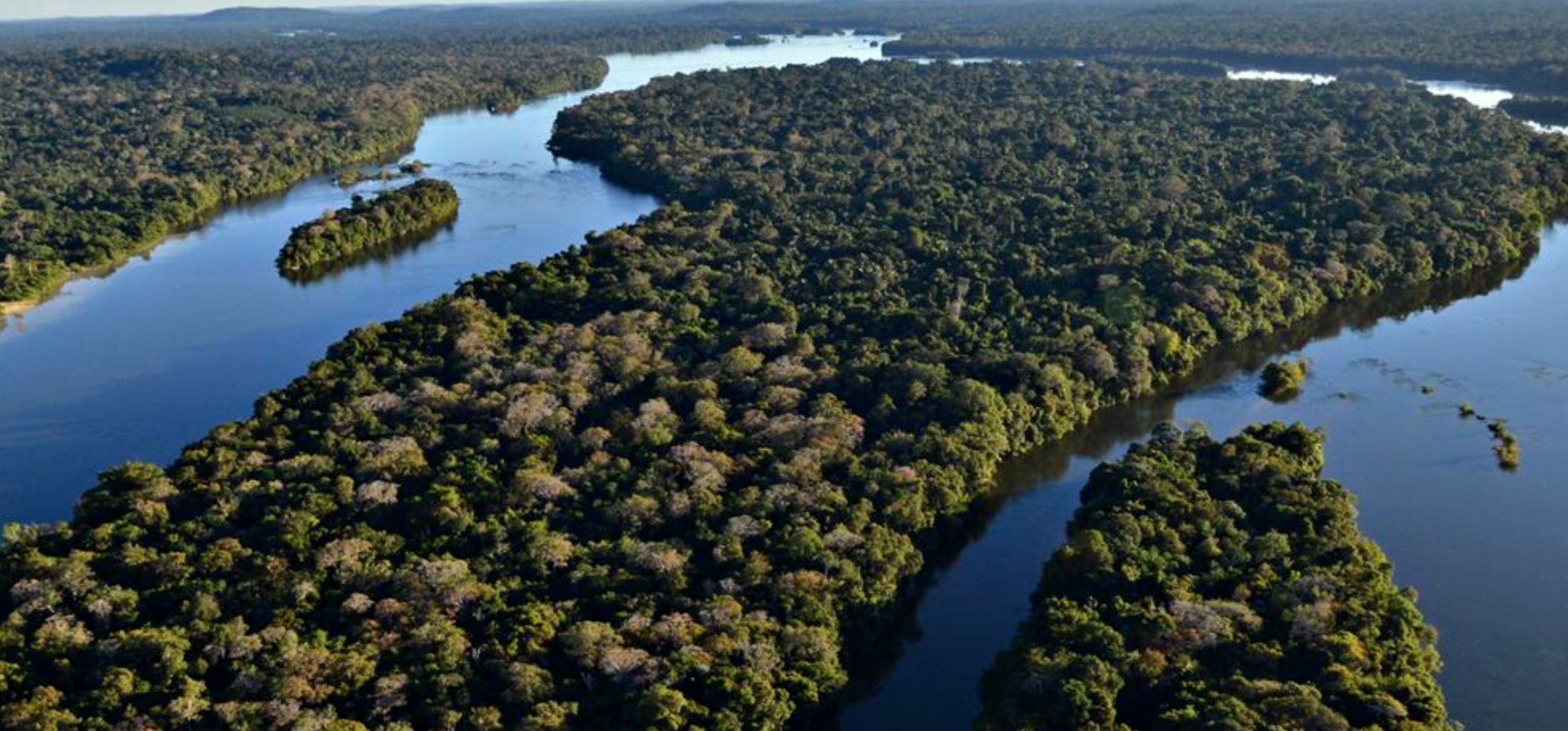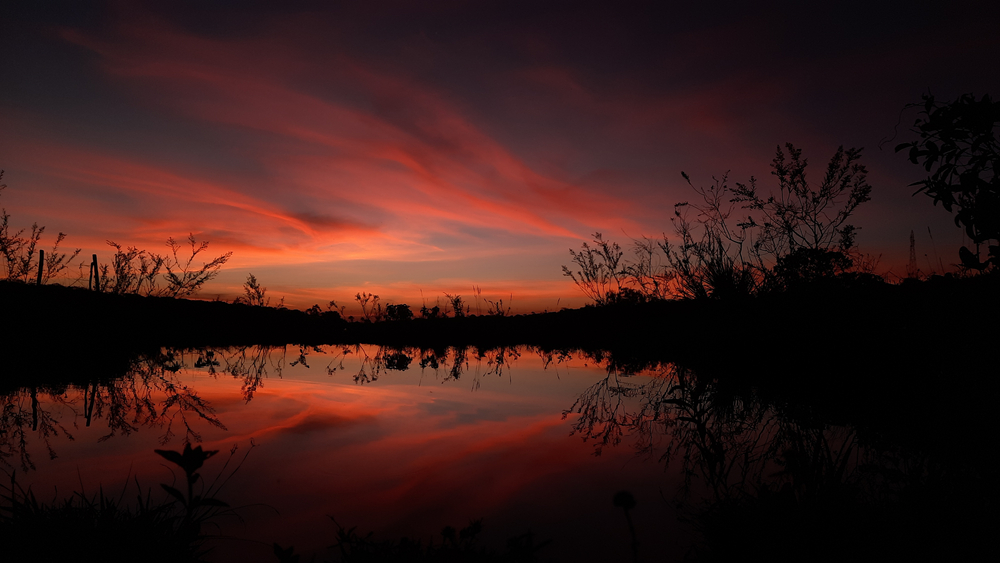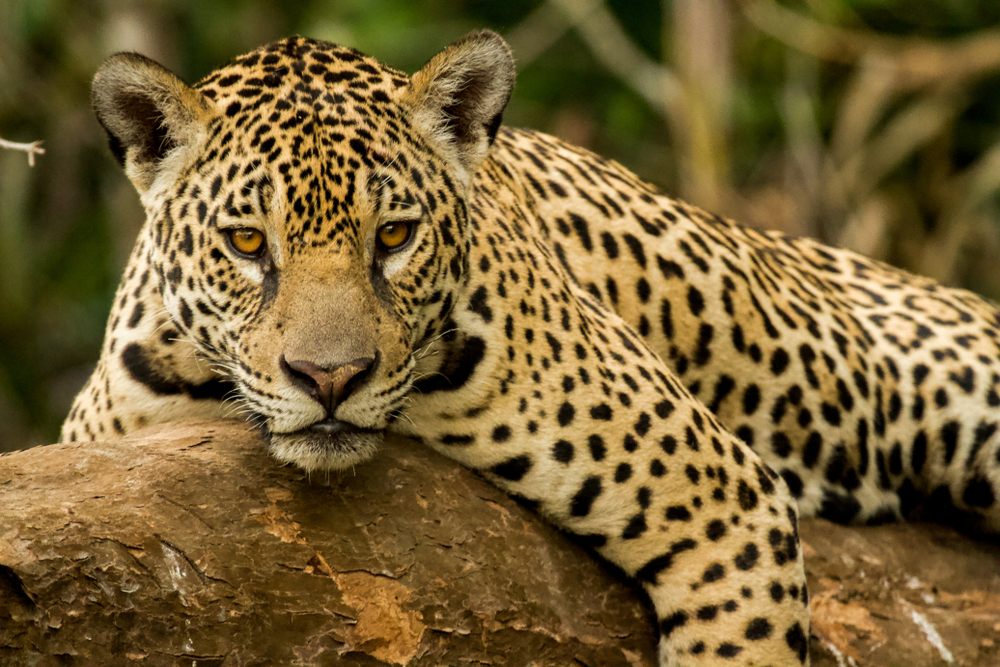Juruena Overview
Juruena National Park, known locally as Parque Nacional do Juruena, is one of Brazil’s largest and most ecologically significant protected areas. Located in the northern part of the Mato Grosso and southern Amazonas states, the park spans an impressive 7,793 square miles (20,000 square kilometers).
As part of the broader Amazon biome, it serves as a critical buffer zone between the deforested southern Amazon and the more intact northern forest, playing a key role in maintaining biodiversity and regulating regional climate patterns.
The terrain of Juruena National Park is a striking mixture of dense tropical rainforest, riverine systems, and patches of savanna-like vegetation known as cerrado. The landscape is marked by numerous rivers, including the Juruena and São Tomé rivers, whose powerful rapids and waterfalls—such as the Salto Augusto Falls and Salto São Simão—are among the park’s most awe-inspiring natural features.
These cascading waters tumble through rocky gorges surrounded by lush forest canopies. The park’s elevation varies, leading to a mix of lowland rainforest and higher altitude ecological niches, each supporting distinct communities of flora. Massive trees such as Brazil nut, mahogany, and rubber trees dominate the landscape, forming a dense green blanket over the region.
Juruena is a haven for a wide array of wildlife, some of which are rare and endangered. The park is home to elusive mammals such as the jaguar, giant anteater, lowland tapir, and giant armadillo. The white-lipped peccary and several species of monkeys, including howler and capuchin monkeys, also thrive in the area.
Birdlife is equally abundant, with more than 400 species recorded. Harpy eagles, scarlet macaws, and the endangered hyacinth macaw are among the most striking avian residents, drawing birdwatchers and researchers from around the globe. The waterways support otters, freshwater stingrays, and countless species of fish, adding to the park’s extraordinary biodiversity.
Popular features of the park include its untamed waterfalls, pristine rivers ideal for kayaking and canoeing, and extensive trails used for scientific exploration and guided eco-tours. While much of the park is not open to casual tourism to preserve its integrity, designated zones allow for controlled visits.
River expeditions, wildlife observation tours, and photography safaris are some of the main ways visitors can engage with the park. These are often organized by conservation-focused tour operators in partnership with local and Indigenous communities.
Juruena faces significant conservation challenges, including illegal logging, mining, and agricultural encroachment. Its remote location provides some protection, but also makes enforcement of environmental laws difficult. However, there have been notable successes.
The park is part of the Amazon Region Protected Areas Program (ARPA), which has helped fund monitoring efforts, expand conservation infrastructure, and foster collaborations with Indigenous groups who serve as stewards of the land.
Ongoing initiatives aim to strengthen surveillance and promote sustainable development in surrounding regions to reduce pressure on the park’s boundaries. As a vast and biodiverse sanctuary, Juruena National Park remains a cornerstone of Brazil’s conservation strategy, safeguarding a vital portion of the Amazon for generations to come.



















































































